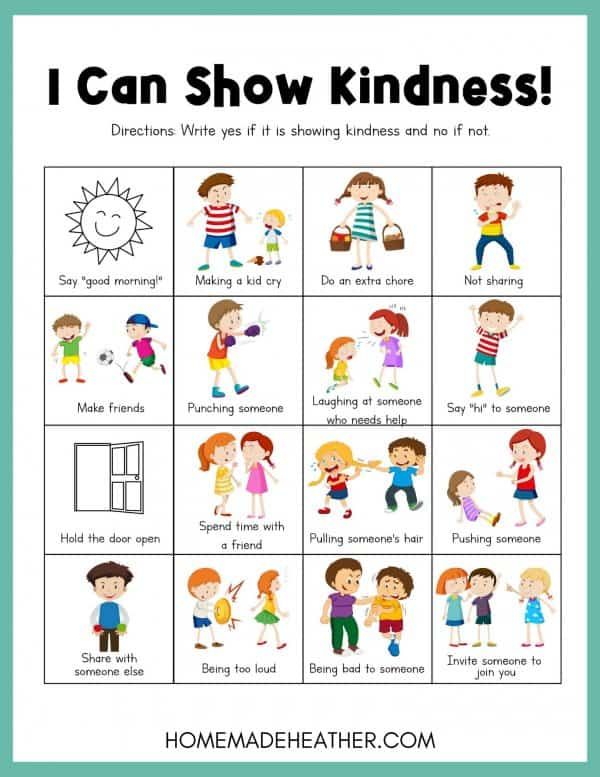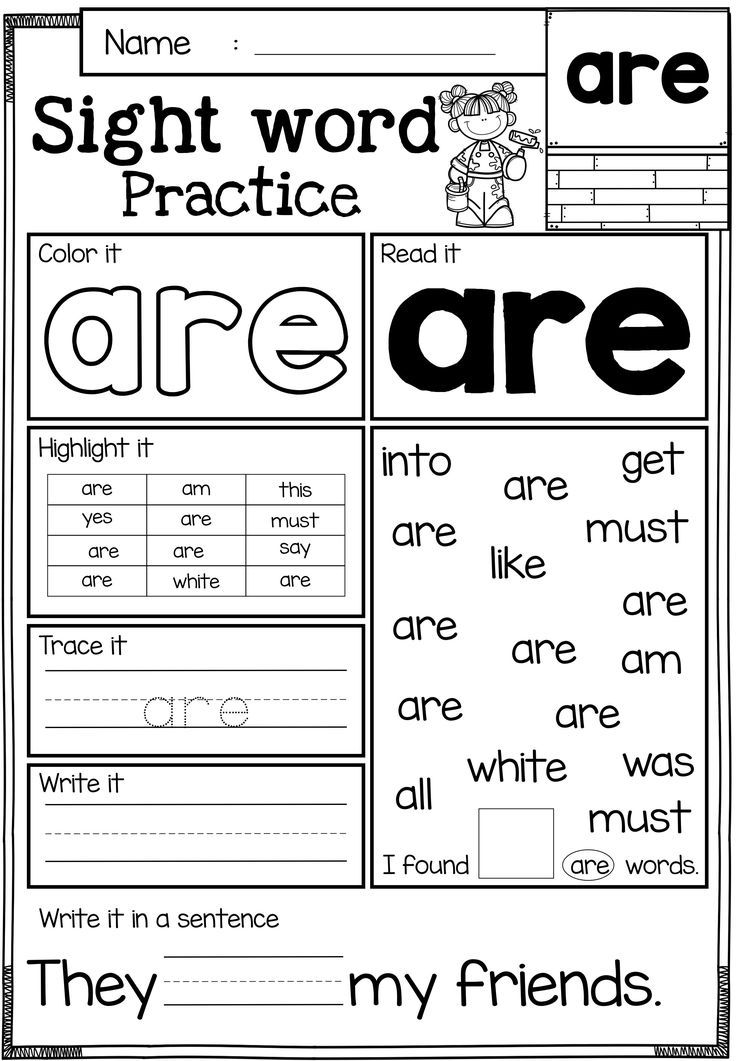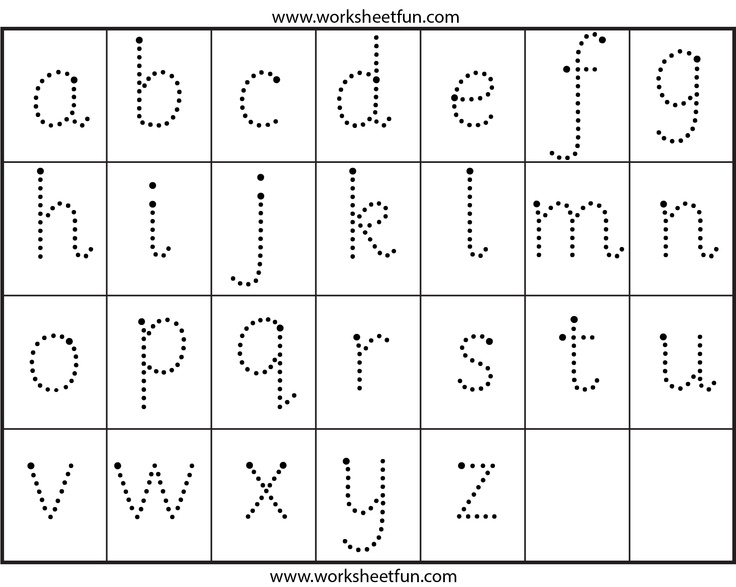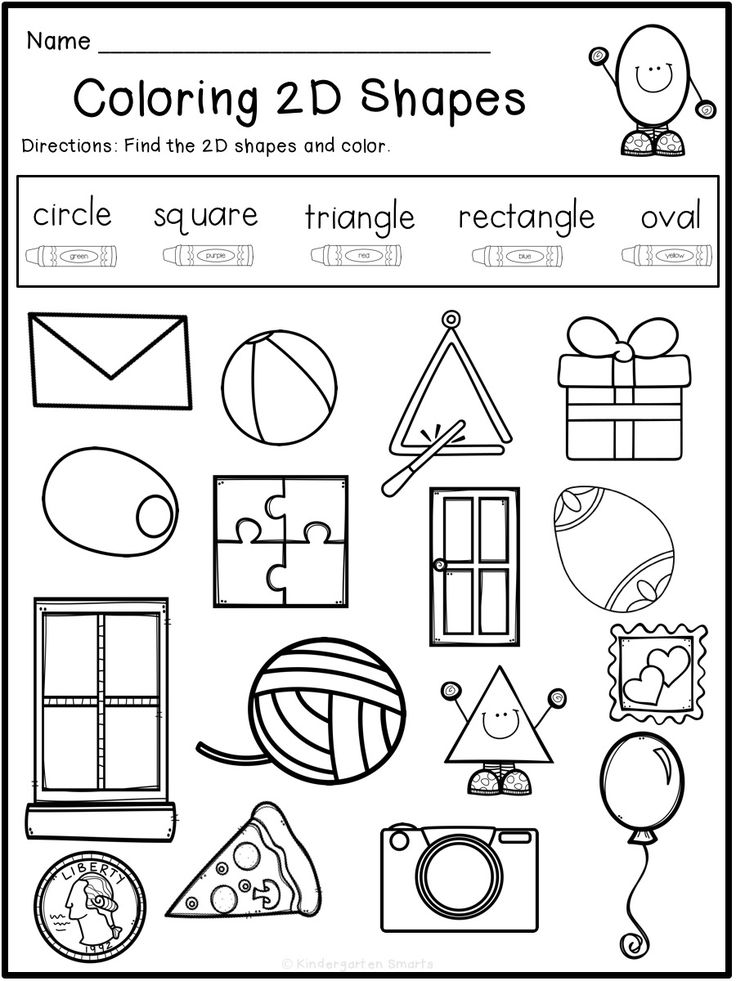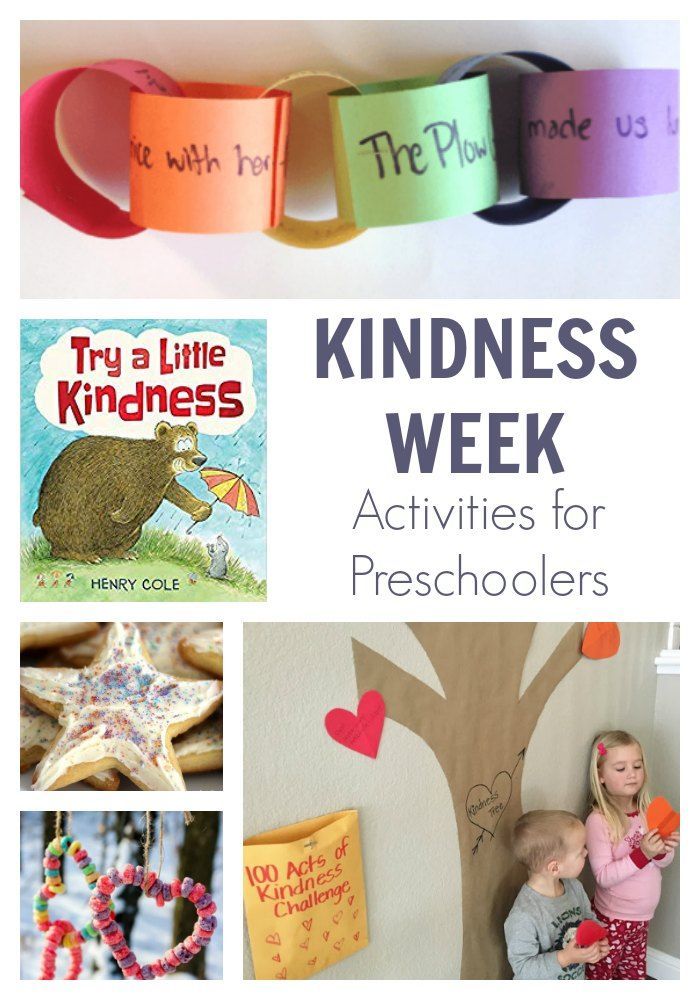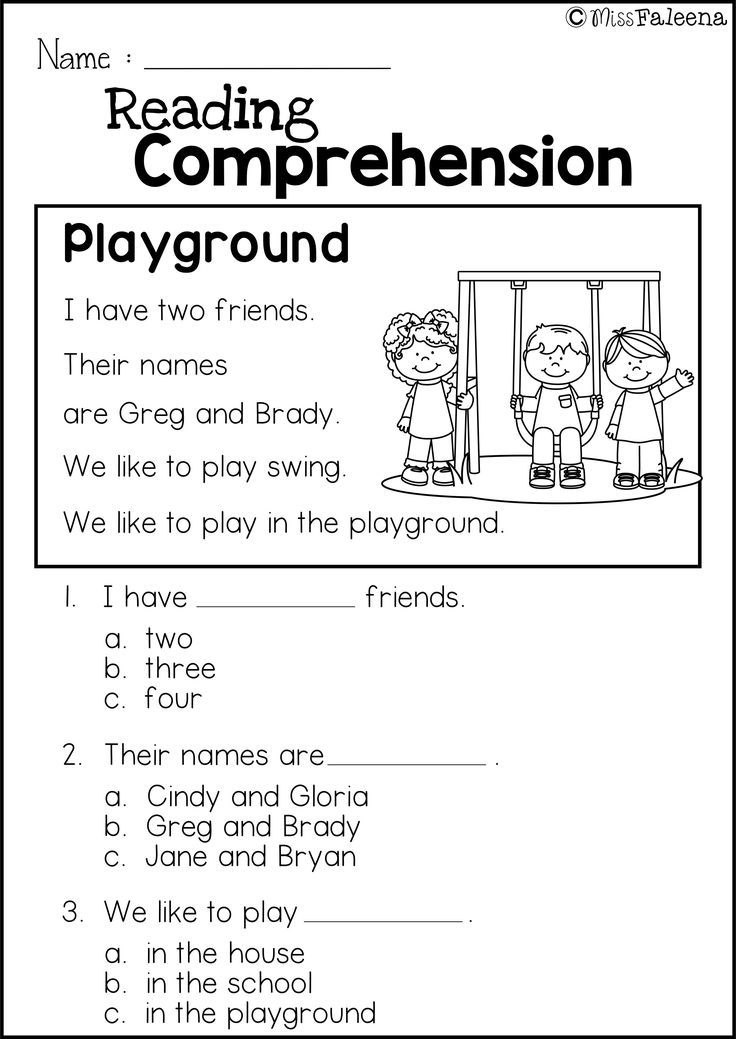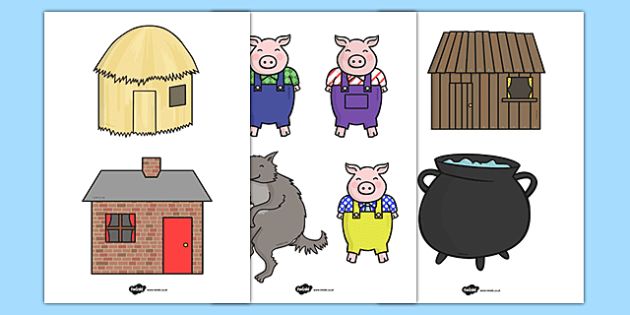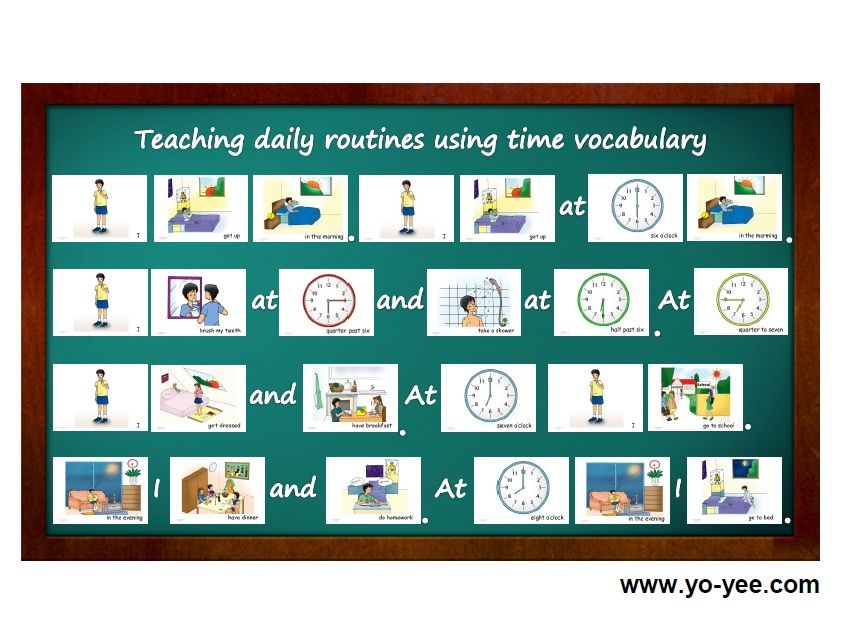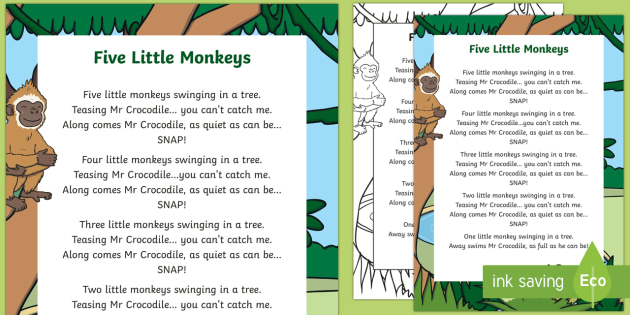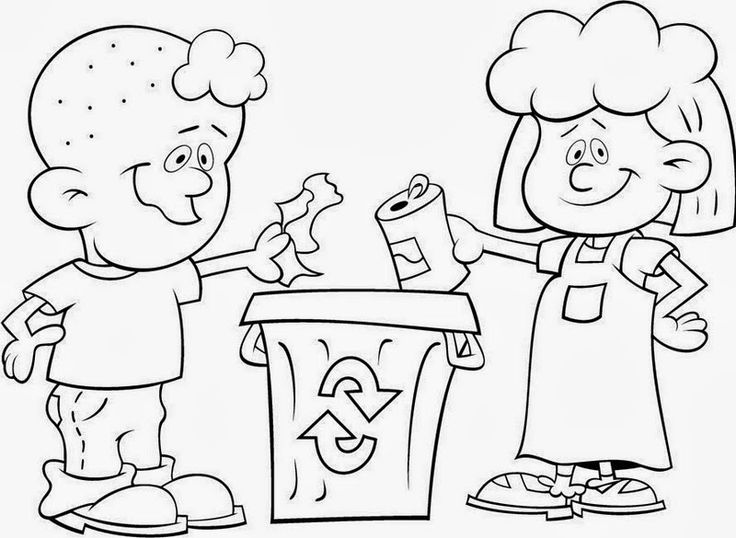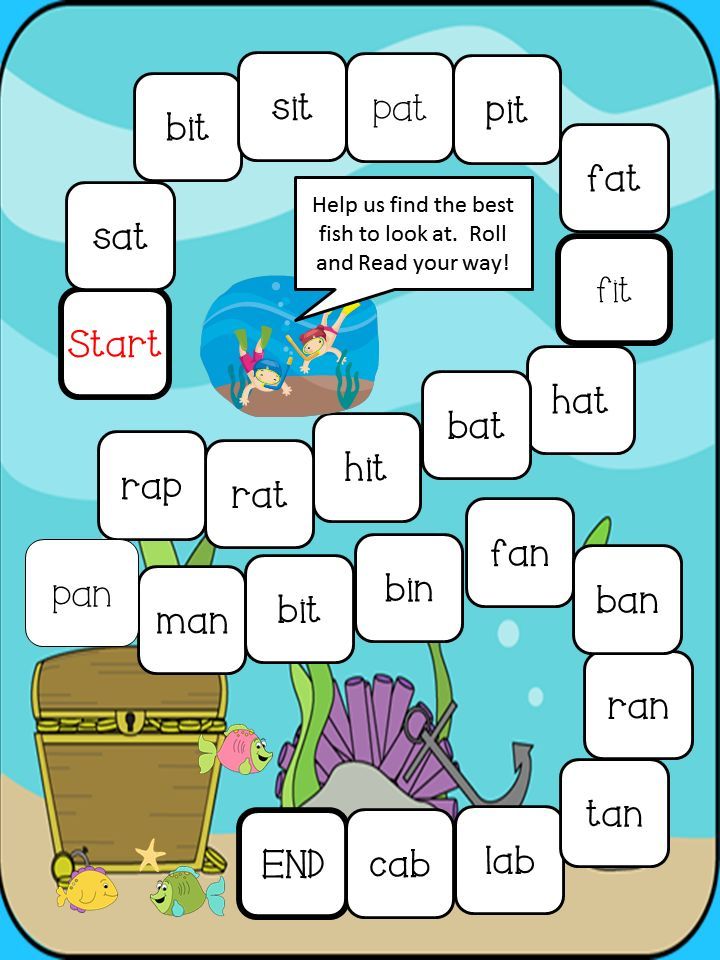Children showing kindness
What is Kindness for Kids
| What is kindness for kids | Development of kindness | Why kindness is important | How to teach kindness to kids |
“Share your toys” is something we have been teaching our kids since the very first time they played with other children.
Kindness and compassion are vital in the development of young children’s social competence and socio emotional skills1.
What is kindness for kids – Definition
Being kind is an intentional act that benefits others for its own sake when one is not required to do so. It is generally regarded as a virtue. A kind person shows a genuine, deep, and selfless concern for people without expecting anything in return.
Dr. Malti at the University of Toronto believes that there are three components in the practice of kindness – kind emotions, kind cognitions, and kind behaviors 2.
Kind emotions include sympathy, empathy, respect, guilt for wrongdoing, and pride for acting ethically3.
Kind cognitions come from understanding how the act of kindness affects others and ourselves.
Kind actions are the acts of prosocial behavior as simple as giving a helping hand, cooperating, or comforting another, or as complex as sharing with others or including the discriminated.
The more these three elements are incorporated into daily life activities, the more transformational power they have. For example, the more kind emotions we feel internally, the more likely we are to show kind act accordingly.
The development of kindness in children
Kindness may not be understood by young children as it is by adults. It is conceptualized differently at different ages due to different cognitive understanding.
Children at certain ages may articulate consistent, rational reasons for judging kindness differently. When they are young, kindness is likely measured in terms of the consequences, whereas older children consider the intentions of the person who performs the act4.
Kindness does not develop in a homogeneous, linear fashion. Between the ages of 5 and 7, children shift to judge kindness in adult-like ways 5.
Empathy, the vicarious sharing of the emotions of others, is one of the main kind emotions that motivate kind behaviors6. The development of empathy then follows in older kids from middle childhood to early adolescence7.
Why kindness is important
Make the world a better place
Kindness has been conceptualized as a virtue and value in both Western and Eastern philosophical traditions.
In a world where people are increasingly more divided than ever, being kind, whenever possible, can help make the world a better place.
Peace and harmony
Doing kind things is not only the foundation of a decent society, but is also an important antidote to violence. It contributes to tolerance and peace in the world.
The Dalai Lama believes that kindness promotes open communication and meaningful dialogue that can maintain or create harmonious relationships between people and nations
8.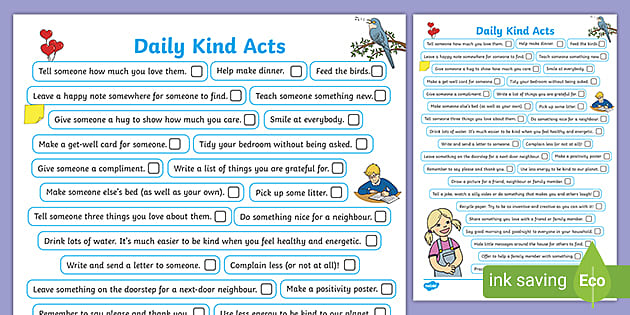
Contributes to happiness
Being kind is beneficial to both the recipients and the actors.
Whether it is supporting others emotionally on a bad day, helping with chores, or including others, random acts of kindness makes us feel good9.
Doing good deeds can be personally rewarding in addition to reducing social ills.
Less stress and better wellbeing
Better physical and mental health is also one of the benefits of kindness. There is a correlation between kindness, and lowered stress and negative feelings.
Small acts of kindness increases one’s sense of well-being, positive emotions, feeling of interconnectedness, inner peace, and sense of purpose. Kind people tend to be self-accepting, act mindful, and develop positive relationships10.
Improved child development
Child kindness is particularly beneficial. Caring acts significantly improve children’s prosocial skills and their relationships with others11.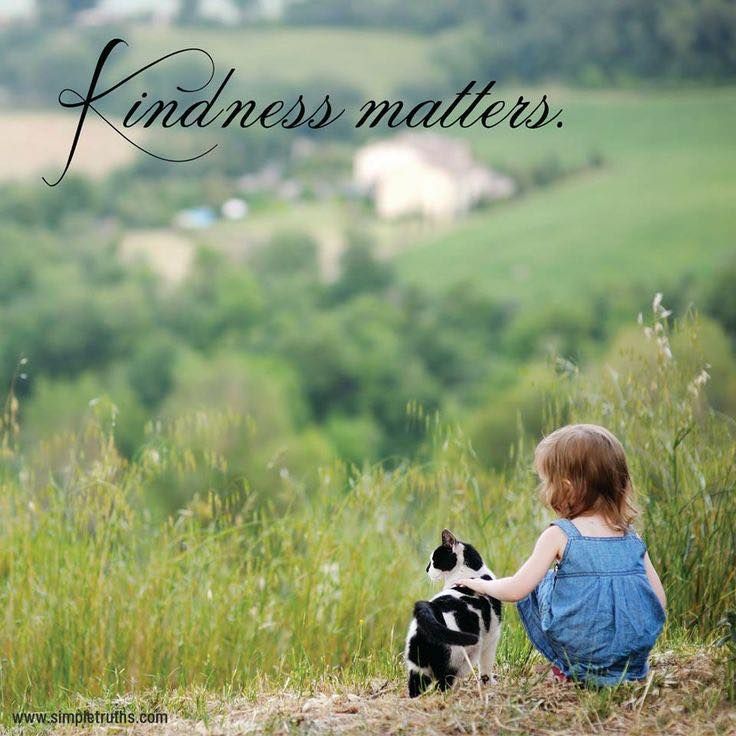
In a 4-week study, students aged 9 to 11 were instructed to perform three acts of kindness per week. Those kind children showed significant improvement in social skills as evidenced by an increase in peer acceptance12.
Being considerate to others is also correlated with academic achievement.
How to teach kindness to kids
Developing kindness and compassion for others is an integral part of young children’s social emotional development.
However, teaching children kindness is not a one-size-fits-all task.
They need to be taught in a developmentally appropriate way that includes both across-age and within-age variation.
1. A home environment filled with kindness
Kindness begins at home. Kind character traits don’t appear spontaneously in children without being exposed to nurturing adults13.
Kids learn by watching the actions of adults. They need to see that their parents live these concepts in their everyday lives rather than just talk about them.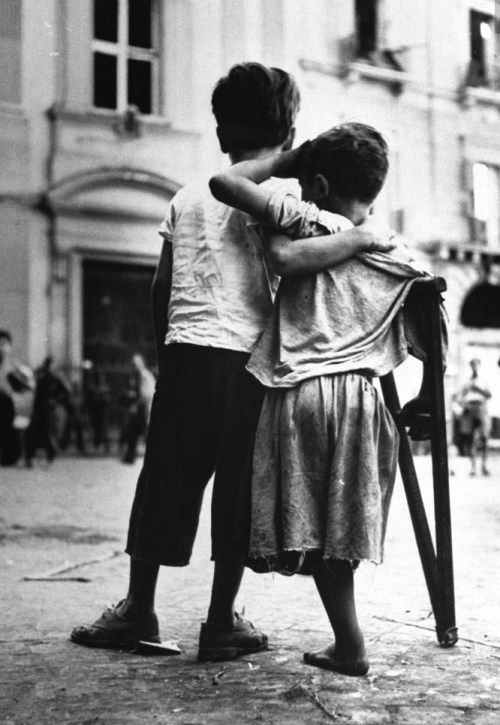
Younger kids learn to be kind by seeing concrete actions and practical ways to do so in real life.
Kindness is also reciprocal. Those who receive kindness are more likely to show it to others14.
Being kind to your child is easier said than done.
What?!
Crazy idea, right? Why would it be hard to be nice to your kids?
Here’s what i mean…
Is it possible to remain kind to your child if they refuse to do homework after your repeated requests?
Are the consequences you give out for not complying with your commands kind?
If you yell at your child because he keeps ignoring you while playing video games, is that being kind?
See what I mean? Unkind behavior is very common at home.
Parents often feel that they cannot be good parents and nice people at the same time.
But that is not true.
A parent can be kind and firm (or at least not being mean).
If parents truly desire to embody the real meaning of kindness, they must make an effort to remain in the kind zone, even when they don’t feel like it.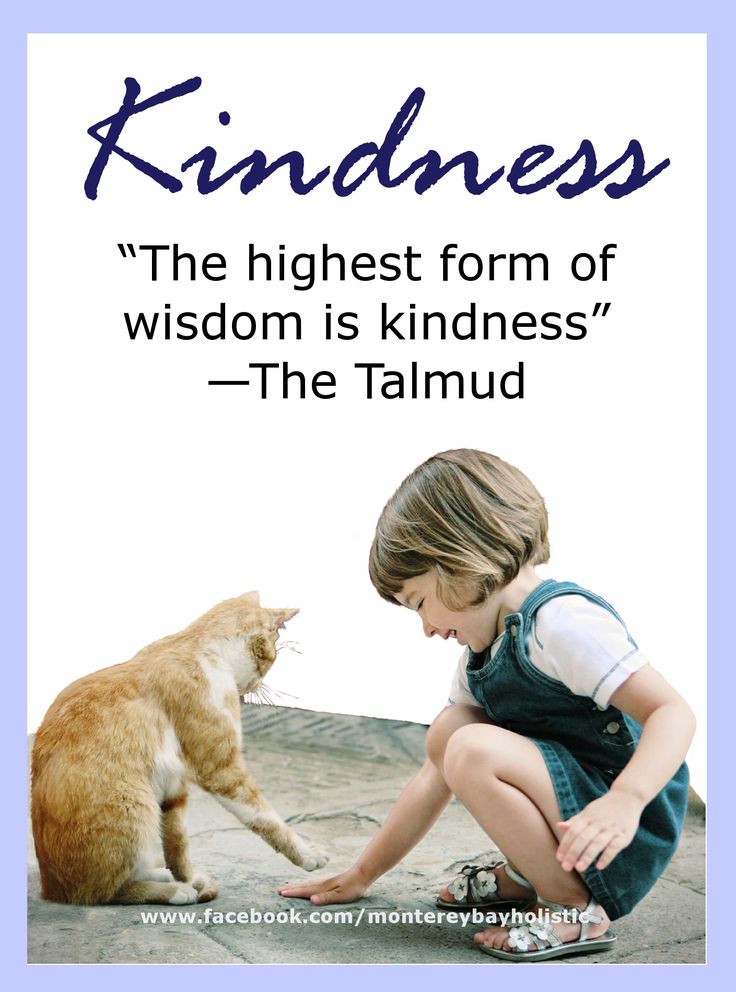
A warm, responsive and kind home environment can enhance children’s respect and kindness toward others15.
So, model kindness and be a compassionate parent. It isn’t just lip service; Being kind must be shown in our actions as well.
Positive parenting and inductive disciplining can help us discipline while being kind and firm.
2. Teach them empathy
Empathy is the ability to understand, feel, and share another person’s feelings. It is essential for the development of kindness in children.
The best way to help children develop empathy is to be an emotionally attune parent and show our children understanding and empathy.
Let’s return to the homework example. If your child refuses to do their homework, you are frustrated, but so are they. Show empathy and consider their perspective.
Parents often assume their children avoid homework because they are lazy. Research shows that being lazy is not the most common reason why students struggle with homework or school performance.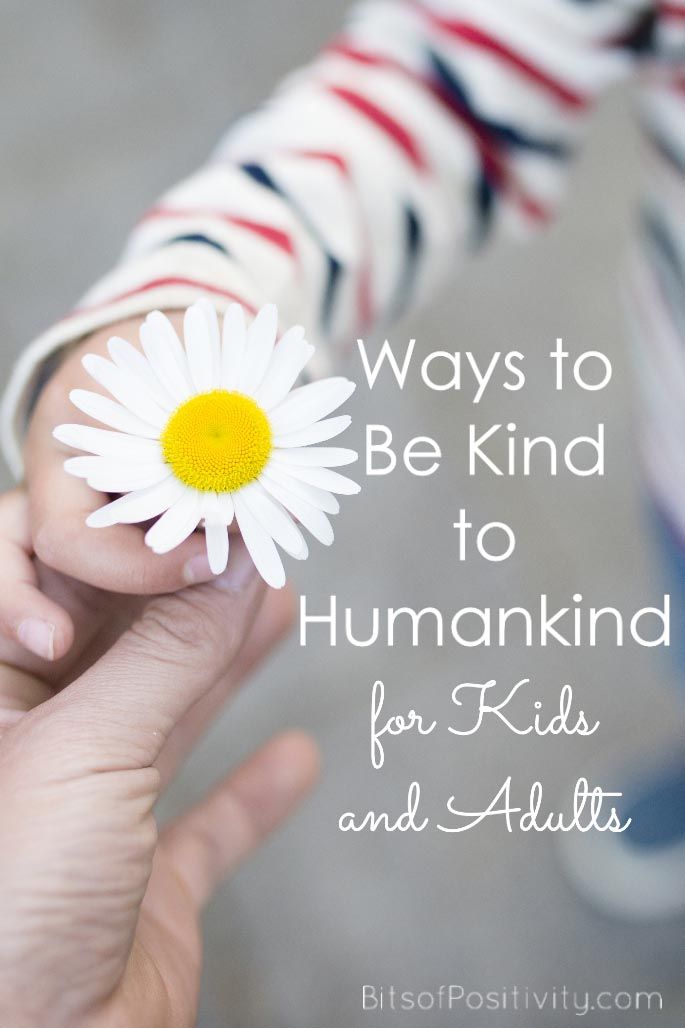
When you show empathy, you are demonstrating how to be kind even when you are frustrated, you don’t have to be mean or harsh.
Using kind words and modeling being kind even when you don’t feel like it is a great way to teach children the true meaning of kindness.
3. Practice and form considerate habits
Encourage children to perform little acts of kindness for others on a regular basis.
These powerful habits can help develop thoughtful kids and compassionate people.
Kind deeds like saying hi to an elderly neighbor, donating old toys, and volunteering at the animal shelter can help children practice kindness and feel good about themselves.
Being caring, helpful, considerate, and doing little things for others can make a big difference in people’s lives.
4. Teach the spirit of kindness
Kindness is a selfless act that should be a clear manifestation of virtue, not a manipulation.
Helping others for the sake of receiving rewards or praises in return does not qualify as genuine kindness.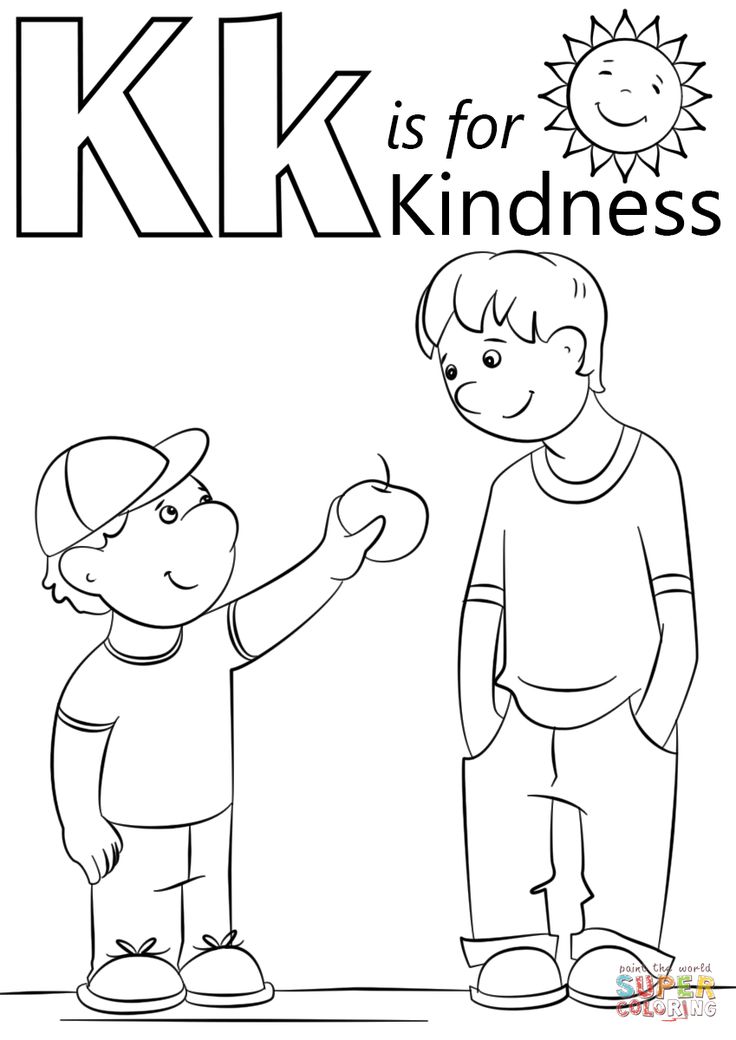
In early childhood, parents can encourage kids to celebrate kind behaviors such as sharing, helping, comforting, and giving to show that they are valued, acknowledged, and celebrated.
However, rewards should only be used sparingly and unexpected.
5. Read and discuss literature together
The concept of kindness can be difficult for younger children to comprehend compared to actual behavior and results.
Among the three components of kindness, parents can start with teaching kind behaviors because the understanding of kindness is very concrete and factual for young kids.
Character-development literature16 or picture books17 can help them understand what constitutes kindness and its outcomes. Stories in these children’s books can indirectly shape and instill ethical values. They serve as good starting points for discussions about being good people and doing nice things for others.
Parents can choose books that are age-appropriate and consistent with the moral principles they hold dear.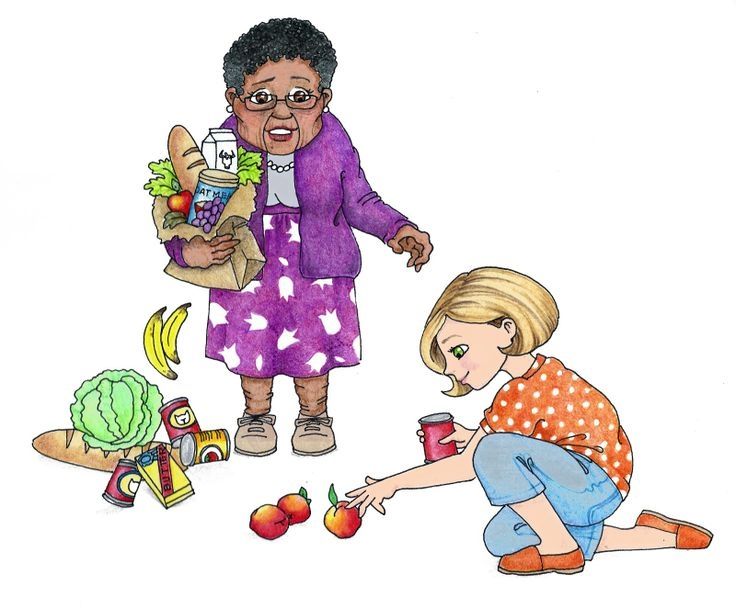
6. Teach emotional regulation
The ability to self-regulate emotions is essential to kindness. When you’re angry, depressed, or anxious, it’s hard to be nice to others.
To develop a sense of inner strength and kindness, children must be able to regulate their emotions and respond successfully to environmental challenges18.
A warm, responsive parenting style is associated with better self-regulatory skills. But if parents are harsh, children will not be able to think about how to be nice to others, one more reason to instill kindness in children using kind-and-firm parenting.
Also See: Kindness Quotes for Kids
Was this article helpful?
How helpful was it?
How can we improve it?
References
-
1.
Han HS, Kemple KM. Components of Social Competence and Strategies of Support: Considering What to Teach and How. Early Childhood Educ J.
 Published online November 30, 2006:241-246. doi:10.1007/s10643-006-0139-2
Published online November 30, 2006:241-246. doi:10.1007/s10643-006-0139-2 -
2.
Malti T. Kindness: a perspective from developmental psychology. European Journal of Developmental Psychology. Published online October 28, 2020:629-657. doi:10.1080/17405629.2020.1837617
-
3.
Malti T, Gummerum M, Ongley S, Chaparro M, Nola M, Bae NY. “Who is worthy of my generosity?” Recipient characteristics and the development of children’s sharing. International Journal of Behavioral Development. Published online January 29, 2015:31-40. doi:10.1177/0165025414567007
-
4.
Leahy RL. Development of conceptions of prosocial behavior: Information affecting rewards given for altruism and kindness. Developmental Psychology. Published online January 1979:34-37. doi:10.1037/0012-1649.15.1.34
-
5.
Baldwin CP, Baldwin AL. Children’s Judgments of Kindness. Child Development. Published online March 1970:29.
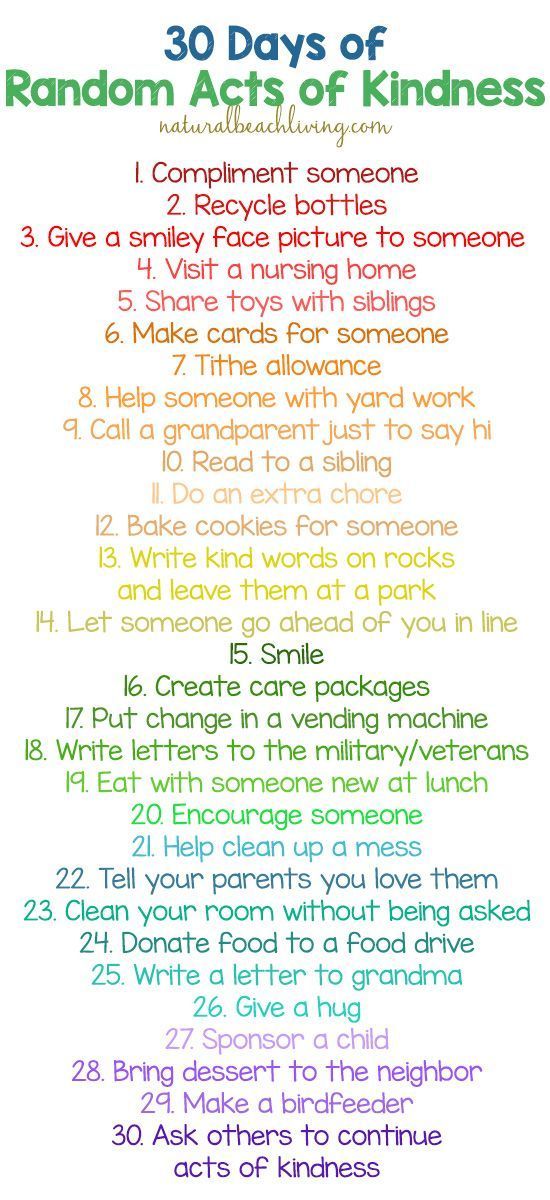 doi:10.2307/1127387
doi:10.2307/1127387 -
6.
de Waal FBM. Putting the Altruism Back into Altruism: The Evolution of Empathy. Annu Rev Psychol. Published online January 1, 2008:279-300. doi:10.1146/annurev.psych.59.103006.093625
-
7.
Zuffianò A, Colasante T, Buchmann M, Malti T. The codevelopment of sympathy and overt aggression from middle childhood to early adolescence. Developmental Psychology. Published online January 2018:98-110. doi:10.1037/dev0000417
-
8.
Piburn S. Dalai Lama: A Policy of Kindness. Motilal Banarsidass Publ.; 2002.
-
9.
Curry OS, Rowland LA, Van Lissa CJ, Zlotowitz S, McAlaney J, Whitehouse H. Happy to help? A systematic review and meta-analysis of the effects of performing acts of kindness on the well-being of the actor. Journal of Experimental Social Psychology. Published online May 2018:320-329. doi:10.1016/j.jesp.2018.02.014
-
10.
Fredrickson BL, Cohn MA, Coffey KA, Pek J, Finkel SM.
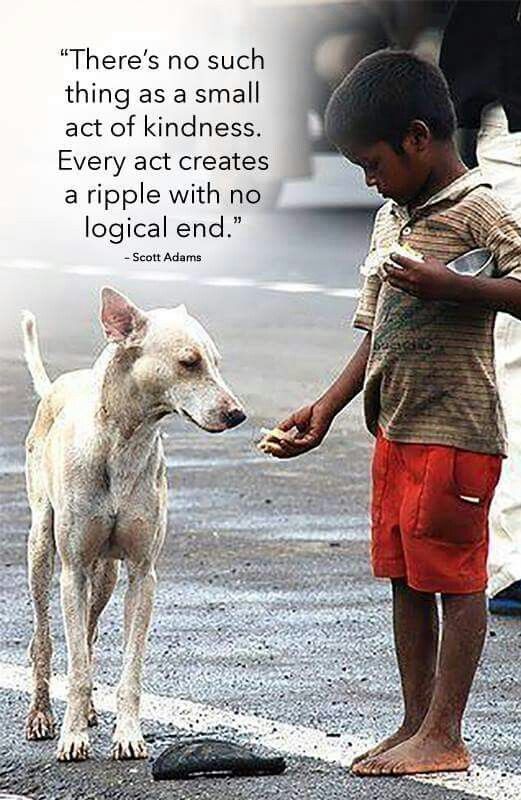 Open hearts build lives: Positive emotions, induced through loving-kindness meditation, build consequential personal resources. Journal of Personality and Social Psychology. Published online November 2008:1045-1062. doi:10.1037/a0013262
Open hearts build lives: Positive emotions, induced through loving-kindness meditation, build consequential personal resources. Journal of Personality and Social Psychology. Published online November 2008:1045-1062. doi:10.1037/a0013262 -
11.
Flook L, Goldberg SB, Pinger L, Davidson RJ. Promoting prosocial behavior and self-regulatory skills in preschool children through a mindfulness-based kindness curriculum. Developmental Psychology. Published online January 2015:44-51. doi:10.1037/a0038256
-
12.
Layous K, Nelson SK, Oberle E, Schonert-Reichl KA, Lyubomirsky S. Kindness Counts: Prompting Prosocial Behavior in Preadolescents Boosts Peer Acceptance and Well-Being. Krueger F, ed. PLoS ONE. Published online December 26, 2012:e51380. doi:10.1371/journal.pone.0051380
-
13.
Berkowitz MW, Grych JH. Fostering Goodness: teaching parents to facilitate children’s moral development. Journal of Moral Education.
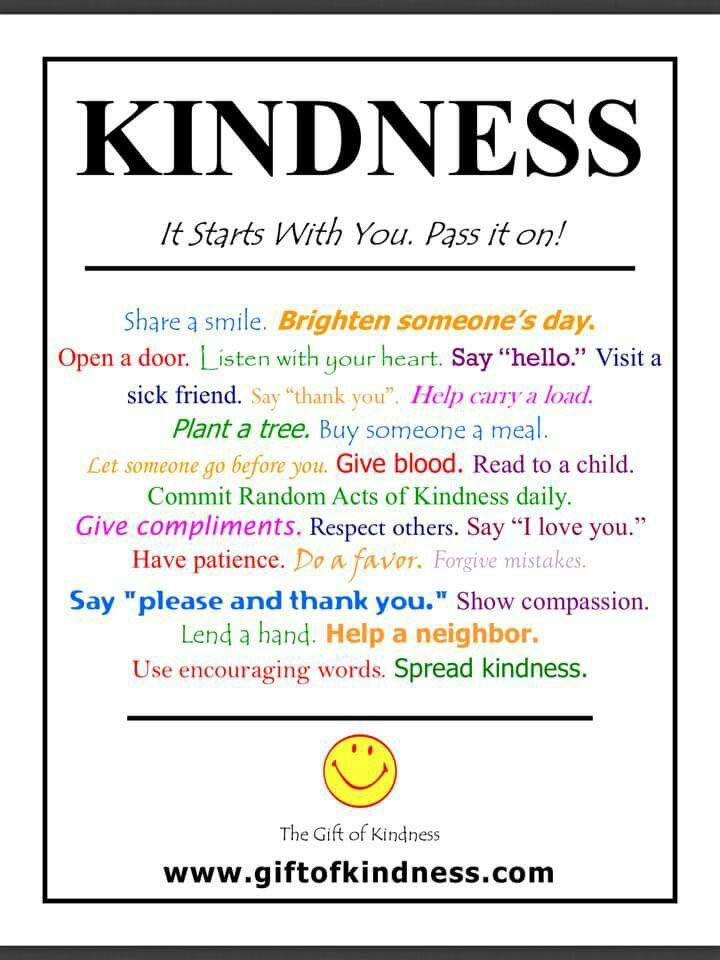 Published online September 1998:371-391. doi:10.1080/0305724980270307
Published online September 1998:371-391. doi:10.1080/0305724980270307 -
14.
Dickinson DL. Theory and Decision. Published online 2000:151-177. doi:10.1023/a:1005274316908
-
15.
Malti T, Dys SP. From being nice to being kind: development of prosocial behaviors. Current Opinion in Psychology. Published online April 2018:45-49. doi:10.1016/j.copsyc.2017.07.036
-
16.
Almerico GM. Building Character through Literacy with Children’s Literature. Research in Higher Education Journal. 2014;26.
-
17.
Retnowati G, Salim RMA, Saleh AY. Effectiveness of Picture Story Books Reading to Increase Kindness in Children Aged 5-6 Years. Lingua Cultura. Published online February 27, 2018:89. doi:10.21512/lc.v12i1.2095
-
18.
Malti T, Chaparro MP, Zuffianò A, Colasante T. School-Based Interventions to Promote Empathy-Related Responding in Children and Adolescents: A Developmental Analysis.
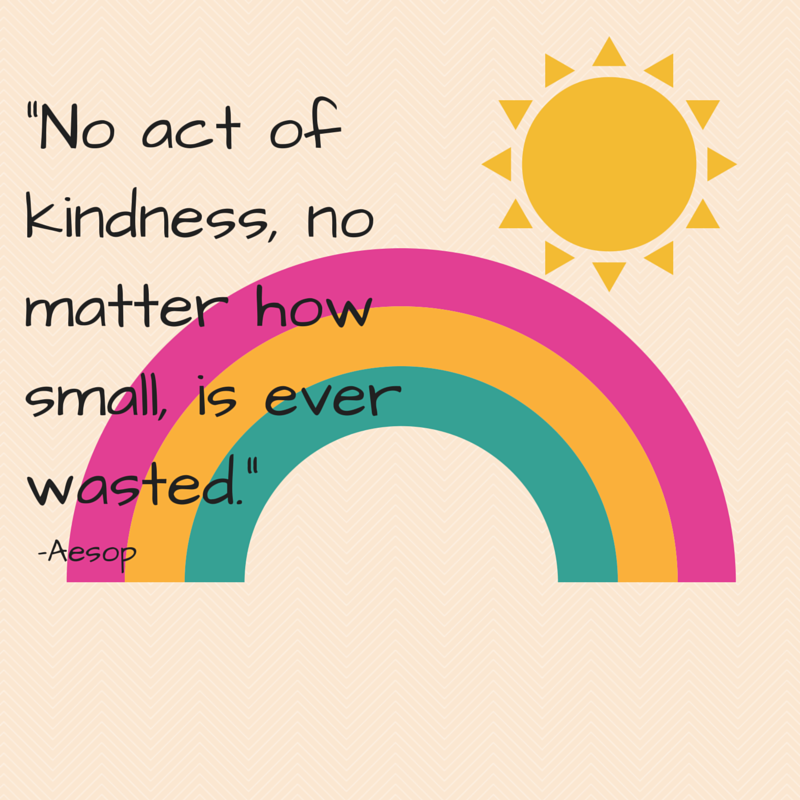 Journal of Clinical Child & Adolescent Psychology. Published online February 18, 2016:718-731. doi:10.1080/15374416.2015.1121822
Journal of Clinical Child & Adolescent Psychology. Published online February 18, 2016:718-731. doi:10.1080/15374416.2015.1121822
About Pamela Li
Pamela Li is an author, Founder, and Editor-in-Chief of Parenting For Brain. Her educational background is in Electrical Engineering (MS, Stanford University) and Business Management (MBA, Harvard University). Learn more
View all posts by Pamela Li | Website
How Children Show Kindness at a Young Age – Primrose Schools
Primrose School Logo
To search type and hit enter
WANT MORE PARENTING TIPS?
Sign up for our newsletter to get advice and resources delivered to your inbox.
Sign Up
By Primrose Schools
At Primrose®, we know developing character matters to parents. That’s why we nurture traits like kindness, generosity and compassion.
While it may seem like children are too young to grasp these big concepts, research shows that the foundation for the skills that help us become good people is built in the first years of life.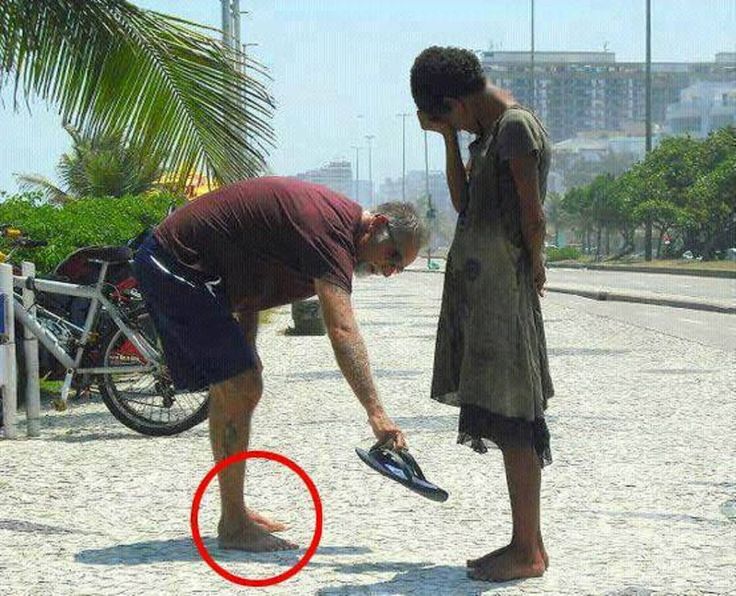 As early as 6 months old, babies begin to show signs of empathy.
As early as 6 months old, babies begin to show signs of empathy.
Early child development experts say social-emotional skills and good character can and should be nurtured from birth. Our Balanced Learning® approach supports this journey by infusing character development lessons throughout the day.
Kindness
We teach our young toddlers that it’s kind to greet their friends and say hello to people because it’s a simple way to show others that they care about them. Students in our preschool classrooms create cards for their teachers to make them feel special because they’re learning that kind words feel good.
Generosity
Children understand what it means to be generous. Their enthusiasm for helping others shines through during our annual giving events, like the Caring and Giving Food Drive. At the drive, students raise money for canned goods, budget, plan and shop for healthy items, and they learn firsthand how they can make a difference in their communities.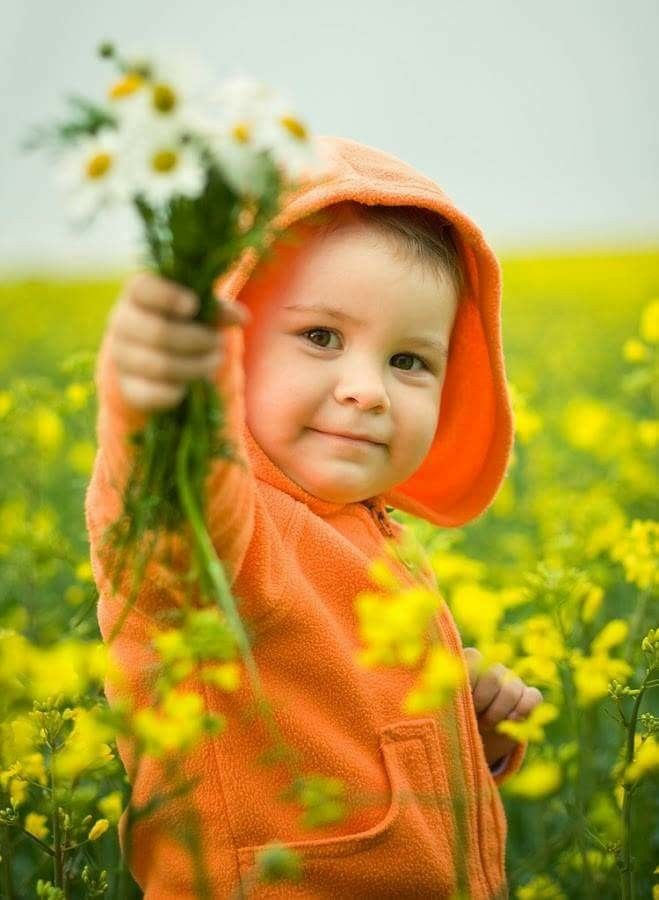
Compassion
Ever see a toddler try to comfort a child who is upset, sharing their own special blankets and toys? By the time children reach preschool, they’ve started to understand the feelings and interests of others and how to cheer each other up.
Though we teach and model to children what it means to have good character, truthfully, they reflect back to us one of the most important and inspiring lessons of all: No matter our appearances, backgrounds, abilities or any other differences we may have, everyone can learn and show kindness, generosity and compassion.
Start encouraging your child to practice kindness regularly at home with fun activities like “compliment coupons” and help them grow into a generous and compassionate adult.
Looking to learn more about character development? Check out other helpful tips and resources from Primrose.
Find a Primrose School Near You
Inspire a lifelong love of learning. Contact your local Primrose to schedule a tour.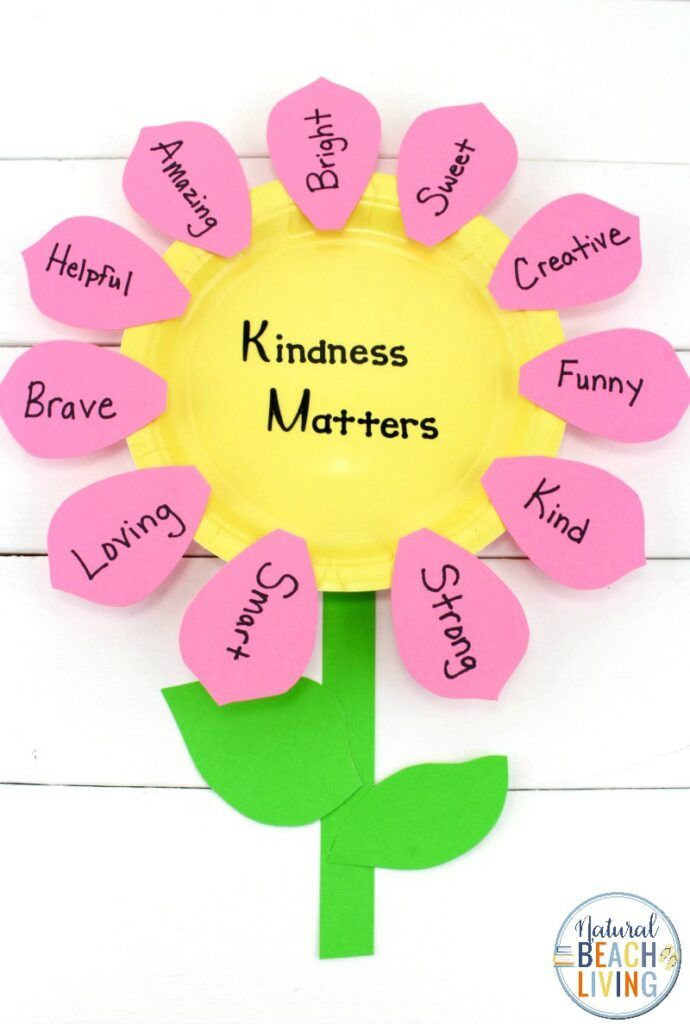
Find A School
Get more parenting and early education tips.
Sign Up
SEARCH BLOG
Search Form>
How to bring up kindness in children?
Every parent wants to see their child healthy, smart, happy, successful, active. Then they remember some more qualities: kindness, honesty, courage. Do they remember because they consider them "built in from birth" or because they are optional for modern life?!
Kindness is often considered to be weakness, but at the same time they forget that the world is based on kindness. Kindness is not enough, and everyone needs it. Everyone wants, regardless of appearance and status, to be treated with understanding, to be pitied, not condemned...
But where is the mercy of the heart? Kindness? Educate from childhood.
Yes, we are born seeds of virtue, but they must be nurtured and not destroyed in the bud.
Kindness is a multifaceted quality. This is the ability to sympathize, empathize, and the ability to take care of others. This is responsiveness and willingness to help disinterestedly. This is the ability to accept people with their shortcomings.
In the period from 2 to 5 years, children develop the emotional sphere. Young children easily show love, pity, sympathy, and it is important to encourage and develop these feelings, to show them the correct model of behavior that will become the norm for them. For children, a role model is important: instead of a thousand words about kindness, they will perceive our behavior and imitate us, first consciously, and then unconsciously.
One should show care for family members by personal example, gradually extending it to everyone around. Take care of animals and birds, give alms to those in need, share things that have become small for a child, do not judge anyone in front of children and do not slander.
The child should see every day the kind attitude of parents towards people. Do not yell at children and family members: maintain a calm relationship with your family at home, calmly discuss current situations, forgive and pity your family. Justify people and their actions. This is - everyday household lessons of kindness. Children, seeing a positive example in the family, transfer it to their lives. As usual, everything is simple in words and difficult to implement in practice.
Do not yell at children and family members: maintain a calm relationship with your family at home, calmly discuss current situations, forgive and pity your family. Justify people and their actions. This is - everyday household lessons of kindness. Children, seeing a positive example in the family, transfer it to their lives. As usual, everything is simple in words and difficult to implement in practice.
There are a few more tips that will help bring up mercy and kindness in children:
1. Learn to help around the house. By providing all possible assistance to adults, the child not only learns to be attentive to others, but also learns to work.
2. Teach to care for younger siblings.
3. Do not teach your child to give change. Evil breeds evil and leads to increased conflict.
4. Learn to share. Tell me that being greedy is bad.
5. Talk to your child about the diversity of people around us. Tell us how difficult life is for disabled children and orphans.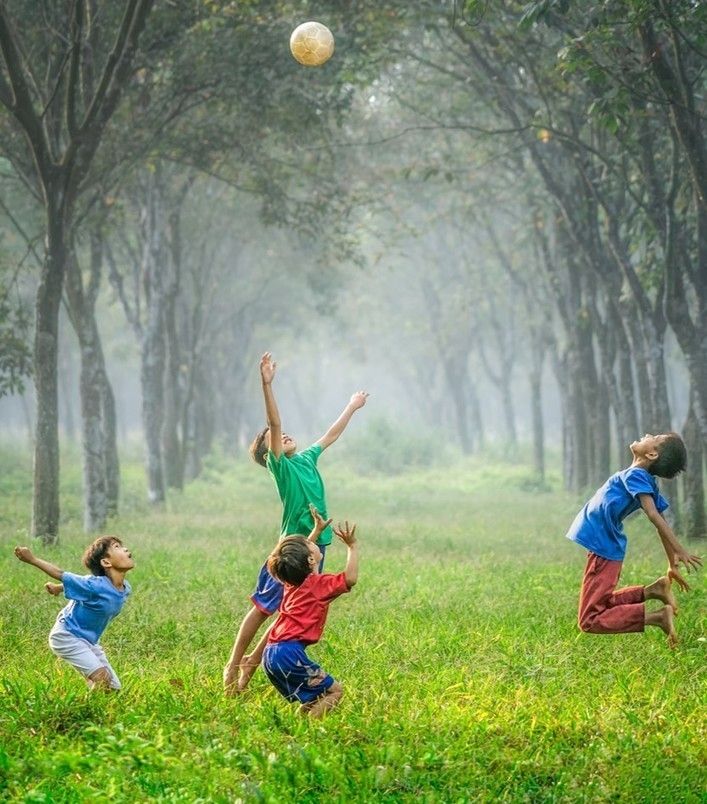 It is a good practice to take a child to congratulatory events in nursing homes and disabled people.
It is a good practice to take a child to congratulatory events in nursing homes and disabled people.
6. Teach good deeds. Play the Good Deed game. Encourage your child to do something nice for others at least once a day. For example, pleasant surprises for friends: collect a bouquet for grandmother, treat children in the yard, take unnecessary things and toys to an orphanage, feed a pet or birds on the street. Teach your child to give and feel joy in doing so.
7. Teach your child to call feelings the right words. For example: "I'm in a great mood today."
8. Develop your child emotionally. To do this, you can apply special exercises. For example, help your child draw the sun, which is having fun, crying, frowning, angry, offended, surprised, scared. Ask which picture of the sun corresponds to the current mood of the child, which one to the people around him. This will teach the child to understand emotions
9. After reading books, watching cartoons, discuss what you have read/seen.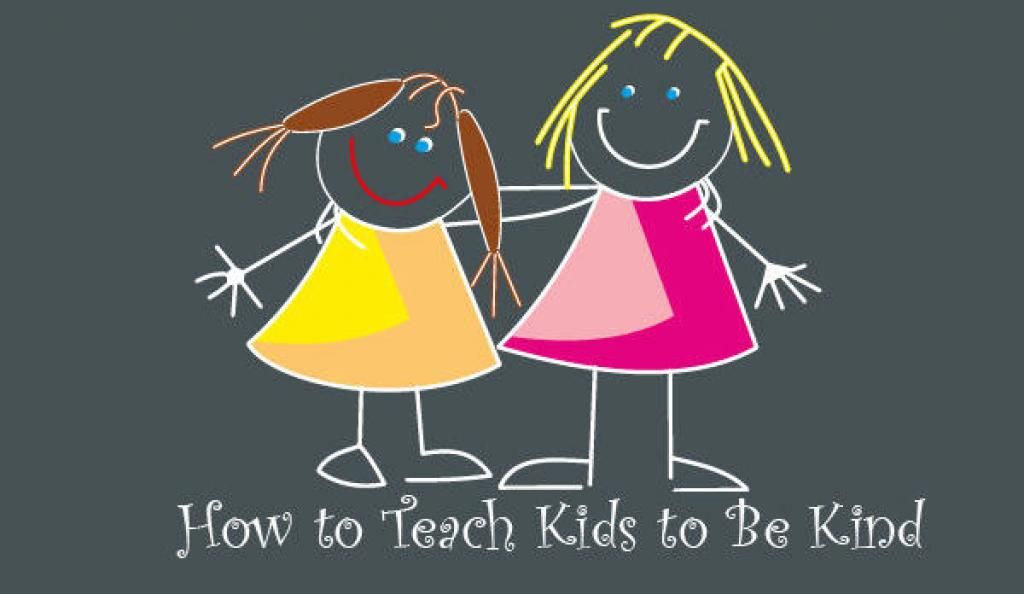 Correlate them with real events from life - this will bring up in the child attentiveness to the events around him, to the people around him. Through fairy tales, the child better understands the lessons of morality. By discussing the behavior of characters, we teach the child to distinguish good behavior from bad. The emotional language of fairy tales will teach the child to distinguish emotions, experience, sympathize. Offer to evaluate the actions of the characters, to show their attitude to the events.
Correlate them with real events from life - this will bring up in the child attentiveness to the events around him, to the people around him. Through fairy tales, the child better understands the lessons of morality. By discussing the behavior of characters, we teach the child to distinguish good behavior from bad. The emotional language of fairy tales will teach the child to distinguish emotions, experience, sympathize. Offer to evaluate the actions of the characters, to show their attitude to the events.
Watching a child and listening to his reasoning, you can understand his attitude to many things. In some fairy tales, evil is severely punished, so together with the child you can come up with your own version of the ending. Discuss how you can re-educate an unkind character? How to make him kind? By acting as a protector, the child learns to be kinder. Look for inconspicuous goodness in fairy tales. Encourage the child's desire to pity the villain: let him believe that everything can always be fixed.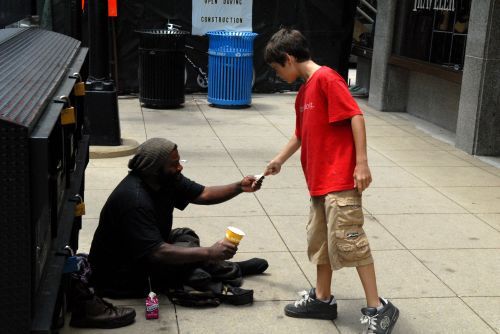
Summing up everything that has been said, I would like to emphasize again that kindness is formed in the family.
And, of course, you should always start with yourself. This is a path that requires patience and strength.
God help you in your endeavors!
Author: Natalya Gavrilova
Photo from open sources
#education #psychology #family
Share on social networks
teach children to care - Child development
Caring is our ability to recognize and respond to the needs and suffering of others. As an important part of our inner compass, it includes the ways in which we show compassion, empathy, and kindness to people throughout our lives.
Human kindness is especially activated during the holidays. This is a time to understand how the process of giving a gift can influence the formation of values in children, as well as the opportunity to develop kindness in them - a virtue that increases our spiritual well-being.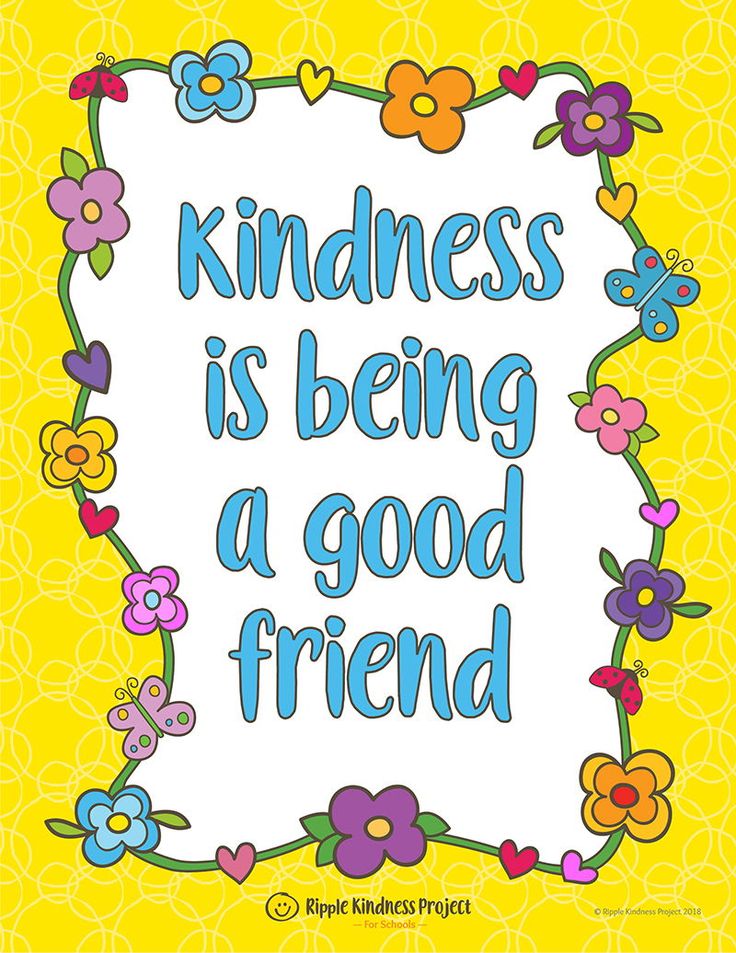
During the holidays, parents show a lot of kindness to their children. We buy gifts, bake special treats, and work very hard to make them feel part of their unique culture and faith.
Do our good deeds towards children make us happy parents? Of course they do.
Indeed, research shows that our self-esteem and inner comfort increase when we practice the art of kindness with our children, family, friends, and community. Good deeds give us more than just pleasure. People who are kind and compassionate are more likely to be much more successful in life, both socially and financially.
The dilemma of kindness
And although it would seem that the art of kindness should be quite simple and understandable, easy to master, it is a little more complicated than it seems at first glance.
We don't make children happy by simply allowing them to receive kindness. But we can increase their happiness, improve their self-image, their inner comfort and self-respect, reduce violence in their environment, and enrich their friendships if we begin to train them to be good givers themselves.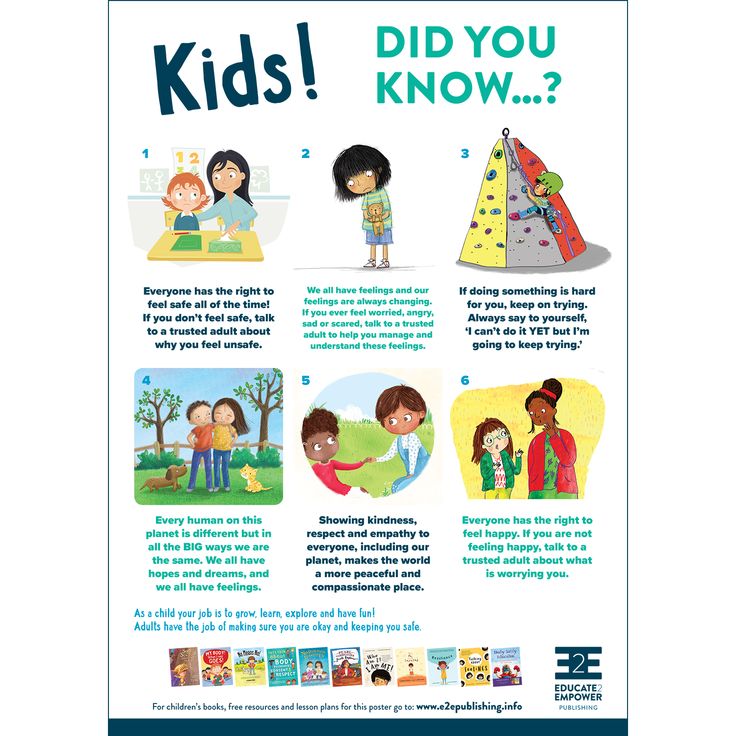
Children are born to be givers. But already in the 4th grade, as the results of some studies show, they are socialized so much that they think more about themselves than about others.
How can we reverse this trend and create long-term habits of kindness?
Kindness Counts, a research study conducted by the University of British Columbia and the University of California at Riverside, showed the benefits that children receive when they are visually taught how good deeds and actions can increase their level of happiness.
The study involved about 400 schoolchildren aged 9-11 years. Previously, they measured the level of popularity, asking them to answer the question of who they would like to play with, do school assignments and the like. Then everyone was divided into two groups. For thirty days, the children in the first group had to do and write down three good deeds a week. What kind of actions these will be and in relation to whom they will be performed, the children chose on their own.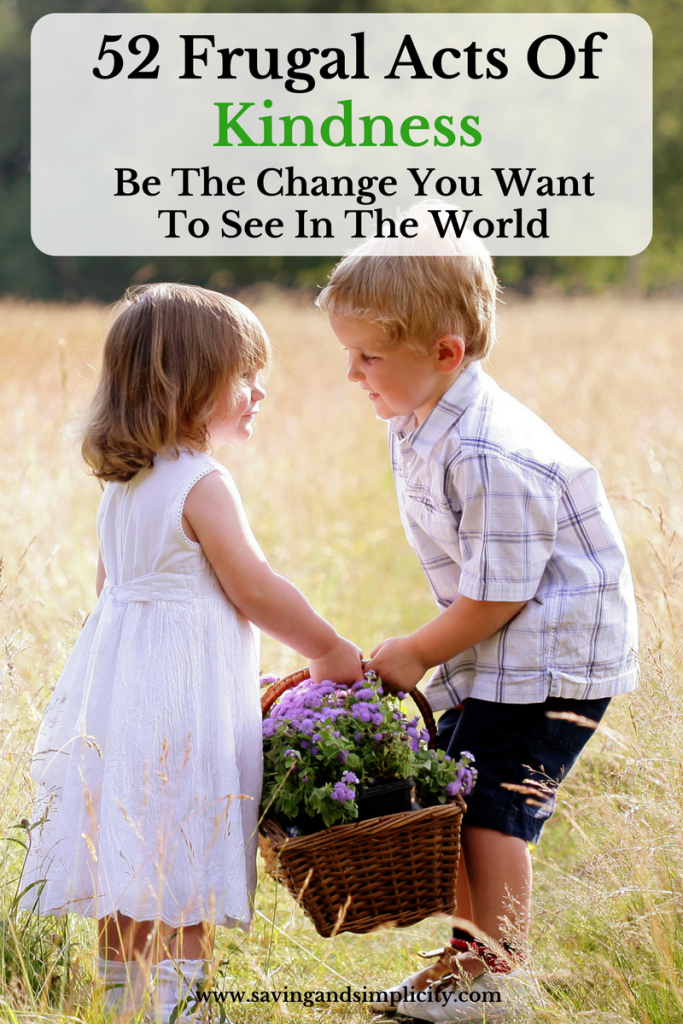 For example, hug your mom if she's upset, help in the kitchen, or give your lunch to a friend. The second group of students had to visit and describe to themselves three new and pleasant places every week during the study, whether it be a park, a playground, or a toy store.
For example, hug your mom if she's upset, help in the kitchen, or give your lunch to a friend. The second group of students had to visit and describe to themselves three new and pleasant places every week during the study, whether it be a park, a playground, or a toy store.
The results of the study were wonderful. It turned out that when children perform acts of kindness and turn their attention to pleasant places, their happiness factor increases.
But it was those schoolchildren who did good deeds that received an additional impetus and benefits. The study showed that their popularity has increased: they have increased their number of friends by an average of 50 percent over the past month (compared to 0.6 in the group that visited new places) - a great confirmation that the "nice guys" are more socialized.
Like other studies, this has shown that kindness is enriching and of great benefit to the giver. In children, it improves their state of mind and increases popularity among peers.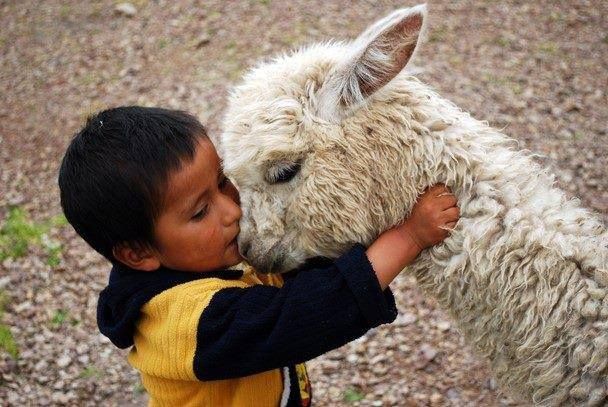
Moreover, when children learn to be caring and kind, they begin to develop more rapidly. Such children, when they become teenagers, show more positive qualities, less aggression in behavior. In addition, happy children are more likely to demonstrate higher academic performance. Showing kindness builds self-respect and improves their outlook on life.
Teaching children the art of kindness
It is not at all difficult to apply the principle of the research described above at home or at school. The goal is to help children become more familiar with all that is involved in doing good deeds, as well as the inner gratitude that comes from experiencing good deeds.
The following four steps will help children be true givers of good! And your efforts will be rewarded a hundredfold both on holidays and at any other time.
1. Understand the importance of kindness
Learn about the benefits of doing good deeds for children and adults; about how good deeds affect the personality of the child and his state of mind. Check out various tips and examples of acts of kindness on various topical sites. Make a tentative list of possible acts of kindness and practice spontaneous acts of kindness with your child.
Check out various tips and examples of acts of kindness on various topical sites. Make a tentative list of possible acts of kindness and practice spontaneous acts of kindness with your child.
2. Create a kindness project
Create a project where your family would write down one good deed or something nice that happened each day. You can call it the Kindness Project or the Happiness Diary. The good deeds and deeds that will be recorded in this “chronicle” can be absolutely simple and unpretentious: help in the kitchen, let someone go ahead, take care of an animal, change your plans for a friend, hug someone to make him feel better on soul, etc. You can also write down impressions of visiting places where you feel good and comfortable, for example, in your favorite park. You can also record how you and your family visited your grandparents, and much more.
3. Take time to share experiences
Create a family tradition, for example, set aside a special time once a week to get together at the same table and tell each other about the good things that happened to you during this time, share the most pleasant moments and positive impressions.